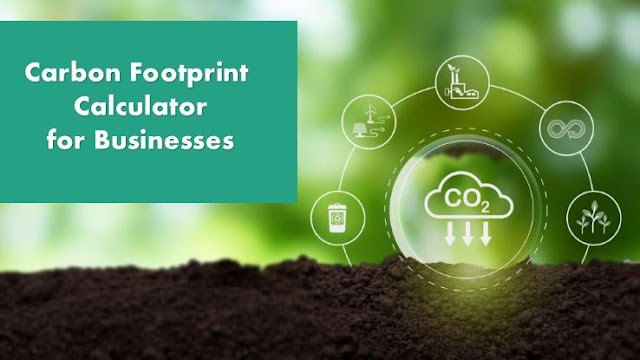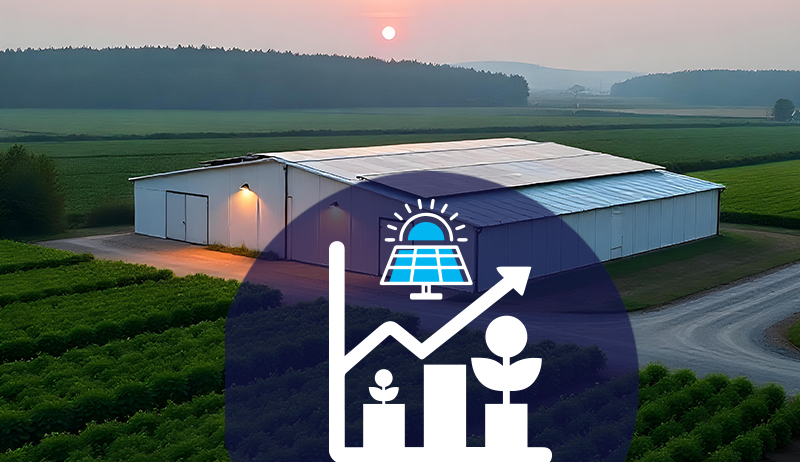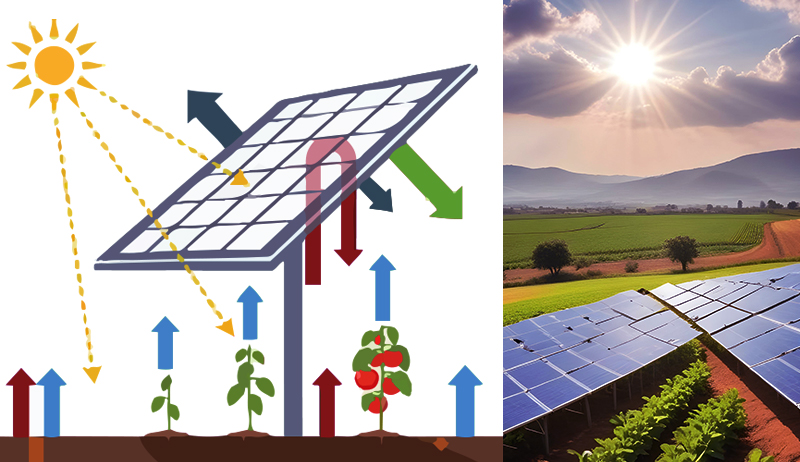Carbon
In today’s world, businesses have a crucial role to play in addressing climate change. Understanding and measuring their carbon footprint is a fundamental step towards adopting sustainable practices.
A carbon footprint calculator tailored for businesses provides valuable insights into their environmental impact.
This article explores the importance of using such calculators, backed by facts and data.
Data and Facts Carbon Footprint Measuring Calculator
Measuring the carbon footprint of a business involves quantifying the greenhouse gas emissions resulting from its operations, including energy consumption, transportation, waste generation, and supply chain activities.
Here are some data and facts related to carbon footprints of businesses:
1. Emissions Breakdown
According to the Intergovernmental Panel on Climate Change (IPCC), globally, around 71% of greenhouse gas emissions come from energy production, 14% from industry, and 11% from agriculture, forestry, and other land-use.
2. Supply Chain Emissions
A significant portion of a business’s carbon footprint can be attributed to its supply chain activities. The Carbon Disclosure Project (CDP) reports that, on average, supply chain emissions are four times higher than a company’s direct emissions.
3. Scope 1, 2, and 3 Emissions
The Greenhouse Gas Protocol categorizes emissions into three scopes. Scope 1 includes direct emissions from owned or controlled sources, Scope 2 includes indirect emissions from purchased electricity, and Scope 3 encompasses indirect emissions from activities such as business travel, procurement, and waste disposal. Scope 3 emissions often represent the largest share of a company’s carbon footprint.
4. Carbon Intensity
Carbon intensity is a measure of emissions per unit of output or revenue. It helps businesses assess their efficiency and identify areas for improvement. The World Resources Institute (WRI) states that carbon intensity can be reduced by adopting energy-efficient technologies and cleaner energy sources.
By utilizing a carbon footprint calculator specifically designed for businesses, companies gain valuable insights into their environmental impact. These calculators use various data inputs, including energy consumption, transportation data, waste management practices, and supply chain information, to estimate greenhouse gas emissions. With this data, businesses can:
– Identify Hotspots: A carbon footprint calculator allows businesses to identify the major sources of emissions within their operations. It highlights areas where emissions reduction efforts can be focused, such as optimizing energy usage or improving logistics and transportation.
– Set Reduction Targets: Armed with accurate data, businesses can set realistic and ambitious reduction targets. This provides a roadmap for achieving sustainability goals and demonstrates commitment to stakeholders.
– Track Progress: Regularly using a carbon footprint calculator enables businesses to monitor and track their progress over time. It helps evaluate the effectiveness of implemented measures and identify areas for further improvement.
– Make Informed Decisions: By understanding their carbon footprint, businesses can make informed decisions that align with their sustainability objectives. They can choose suppliers and partners with lower emissions, promote energy-efficient practices, and invest in renewable energy projects.
Conclusion Carbon Footprint Measuring Calculator
Measuring and understanding a business’s carbon footprint through the use of a dedicated calculator is a vital step towards adopting sustainable practices.
It provides crucial data to identify emission hotspots, set reduction targets, track progress, and make informed decisions.
By taking proactive steps to reduce their environmental impact, businesses can contribute to a greener future and demonstrate leadership in tackling climate change.
https://www.exaputra.com/2023/06/carbon-footprint-measuring-calculator.html
Renewable Energy
Germany and the U.S. — a Key Difference
 As I mentioned in my recent post on Germany, we have a president in the United States who’s doing everything in his power to destroy the entire renewable energy industry, and, thus, is creating a real problem for those concerned about jobs. Currently, there are 569,000 solar in renewable energy generation, and over 3 million in the related industries, e.g., battery storage.
As I mentioned in my recent post on Germany, we have a president in the United States who’s doing everything in his power to destroy the entire renewable energy industry, and, thus, is creating a real problem for those concerned about jobs. Currently, there are 569,000 solar in renewable energy generation, and over 3 million in the related industries, e.g., battery storage.
Here’s a question worth asking: What do the Germans have that Americans don’t? Answer: A population of voters that values honesty and sanity.
What they don’t have is a criminal sociopath running their country.
Renewable Energy
German Cranks Up the Volume on Renewable Energy
Germany finds itself in a unique position among the countries of the world, in that it’s gotten rid of both coal and nuclear and now depends quite heavily on renewables. Germany is the world’s third largest economy, behind the United States and China, so there is a huge amount at stake.
These people are extremely sharp, and they’re not known for risk-taking. Yet they’ve made a huge commitment here; renewables (mainly wind and solar) accounted for 59% of Germany’s electricity in 2024, and that figure is headed for 80% by 2030.
Meanwhile, in the United States, we have a president who’s doing everything in his power to destroy the entire renewable energy industry, and, for those concerned about jobs, this is problematic, to say the least. At the end of 2024, more than 3.5 million Americans were employed in clean energy occupations, spanning renewable generation (569,000 jobs), battery and storage, energy efficiency, biofuels, grid modernization and clean vehicles industries. These jobs now represent a significant share of the U.S. workforce—including seven percent of all new jobs added in 2024—and are spread across every state, strengthening local economies.
A quick story: The governor of Iowa, a Republican, was asked by another GOP leader why he didn’t but a spear through the wind industry, as it’s competitive with fossil fuels, which Republicans adore. The reply, “Are you kidding? What you think hundreds of thousands of my voters do for a living?”
Renewable Energy
2026 Victorian Air Conditioning Rebate: What’s New!
The post 2026 Victorian Air Conditioning Rebate: What’s New! appeared first on Cyanergy.
https://cyanergy.com.au/blog/2026-victorian-air-conditioning-rebate-whats-new/
-
Climate Change2 years ago
Spanish-language misinformation on renewable energy spreads online, report shows
-
Climate Change3 months ago
Guest post: Why China is still building new coal – and when it might stop
-
Climate Change Videos2 years ago
The toxic gas flares fuelling Nigeria’s climate change – BBC News
-

 Greenhouse Gases1 year ago
Greenhouse Gases1 year ago嘉宾来稿:满足中国增长的用电需求 光伏加储能“比新建煤电更实惠”
-
Greenhouse Gases3 months ago
Guest post: Why China is still building new coal – and when it might stop
-

 Climate Change1 year ago
Climate Change1 year ago嘉宾来稿:满足中国增长的用电需求 光伏加储能“比新建煤电更实惠”
-

 Carbon Footprint2 years ago
Carbon Footprint2 years agoUS SEC’s Climate Disclosure Rules Spur Renewed Interest in Carbon Credits
-
Renewable Energy4 months ago
US Grid Strain, Possible Allete Sale









